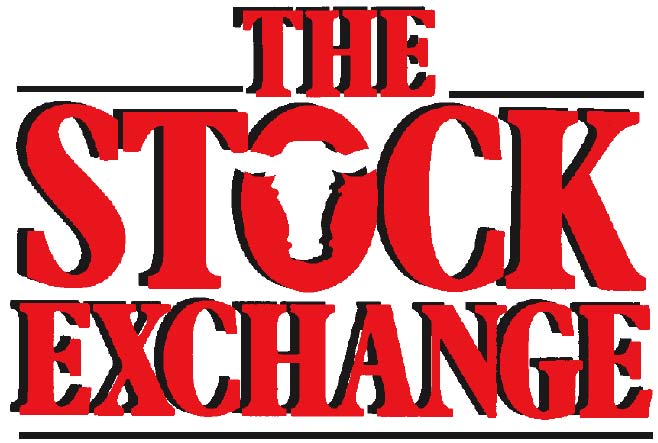Invest time into caring for calves
K-State experts advise careful monitoring for best health outcomes in newly weaned calves MANHATTAN, Kan. — Parents and pediatricians often work together to determine the signs of illness in little ones too young to talk, and the same can be true of cattle caretakers and veterinarians as they work to keep newly weaned calves healthy. “It is important to take time to observe the calves when they come up to the feedbunk,” said…
